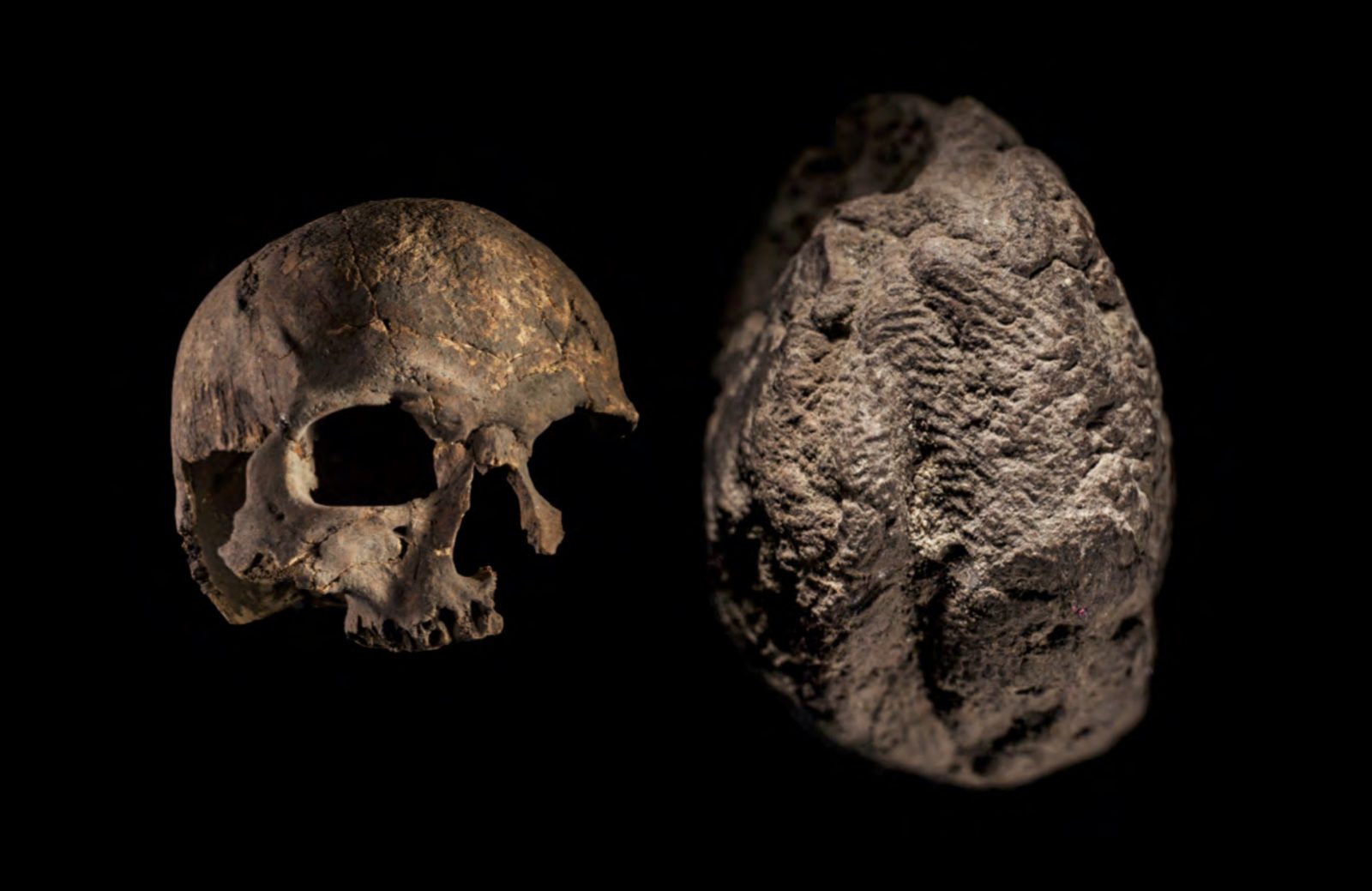
Location Türkiye
Years 2006-
Director
Douglas Baird
University of Liverpool
Funding https://boncuklu.org/sponsors/
One of the sites located in 2001 during the course of the Konya Plain Regional Survey, Boncuklu became a full project in 2006. Surface material indicated that the site’s stratigraphy spanned the ninth and eighth millennia BC. The major goals in initiating a project at that particular site were to understand the appearance and trajectory of sedentary, cultivating, and herding communities in the understudied region of central Anatolia, which would have significant implications for the study of sedentism in southwest Asia generally. Also, as an antecedent and close neighbour of Çatalhöyük, it was hoped that it could contribute to better understanding the latter’s heritage and symbolic practices.
The 2006 season lasted three weeks, and was primarily devoted to evaluating the site and establishing the infrastructure there. A detailed topographic survey was undertaken, as were soundings, surface scraping, and section cutting. In addition to this, artefacts and ecofacts were collected from the surface of the site. A section of the site that had been terraced to create a field plot was excavated; evidence of mud-brick structures was revealed, as was a mass of animal bone and palaeobotanical material. In another area, a curvilinear mud-brick building with orange-red painted areas and plaster was uncovered; some mats – preserved as phytoliths – were even discovered in situ. The animal remains, upon closer study, were found to be dominated by caprines, and the artefacts displayed primarily obsidian. A collection of 34 incised stones was also discovered.
One of the main areas of focus during the 2007 season was to continue the excavation of the curvilinear building, as well as to look at two other areas with structures and midden deposits. In addition to this, the landscape was surveyed more widely in order to attempt a palaeoenvironmental reconstruction; a trench was even opened nearby in order to look at early Holocene sediments and to determine whether off-site activity was occurring, revealing a natural sediment deposition and a depth of alluvium. Sediments from the Hotamış lake bed and the areas surrounding the mound were cored, as well. A micromorphological study of soil blocks was undertaken at the second area, and at the third extensive deposits of prehistoric midden were found, but no structures. Some human remains were recovered from the midden heaps. Carbonised seed remains were studied, showing that cereals and other material had been in existence there, and faunal and floral studies lent insight into the species existing at the site. The assemblage of chipped stone items looked similar to that found at Pinarbaşı, though there were significantly more incised, decorated stones at Boncuklu; beads and pendants and bone tools were also quite common.
In 2008 work at Boncuklu continued, with further excavation and sub-projects relating to the collection and study of artefacts, plant remains, and human and animal remains. Excavation revealed practices that looked to be directly antecedent to ones at Çatalhöyük; the same sort of household continuity was found there, and the use of space at both sites shared similarities. A surface scraping project revealed the overall settlement plan, and showed many of the structures and features. Some burials with ochre beads and shells were discovered. A rich collection of animal and plant remains allowed for the continued study of sedentism, cultivation, and herding in the region. Evidence for clay being used in a variety of ways was also found.
The 2009 season was primarily devoted to processing and studying finds from the previous three seasons. Flotation for excavated soil was undertaken, and a small-scale excavation was taken on just one portion of the site. There they found a sequence of six Neolithic houses, and some human remains, including an isolated cranium. Studies of the floral and faunal remains were undertaken. Altogether, evidence pointed to hunter-gatherer communities having existed there, with early farming practices that had been adapted to suit the surrounding wetland environment.
In 2010 excavation work was continued in three of the areas previously worked on, with an effort to better understand how space was used, and the nature of the buildings’ ritual function. It was found that, similar to other central Anatolian communities from the period, houses tended to be reconstructed on the location of previous buildings. The team also discovered that in some instances decorated floors had been replaced by undecorated ones, and other ritual elaborations that showed that such practices must have preceded Çatalhöyük. Decorated stonework also pointed to symbolic practices, and more burials were found, shedding more light on Neolithic mortuary practices. An outreach programme was conducted which hosted open days for local communities and promoted educational activities for children.
The 2011 season was successful in excavating the exterior of one of the buildings that had been exposed in previous seasons. They found more evidence for continuity between Neolithic houses in terms of the way domestic space was used. They found that some floors had been painted, and that the house featured some hearths. They also identified the earliest structure so far during the course of this season. Some bucrania were found, determined as having likely belonged to wild bulls. Up to this point few figurines had been found, but clay vessels had been located. A collection of stone hooks were also find, that had likely been used for ornamentation or fastening. Faunal analysis confirmed that domestic cereals were present in the community, and that its inhabitants were largely forager-farmers. The appearance of domestic plants at Boncuklu was dated back to 830BC.
Andrew Fairbairn
University of Queensland
Co-Director